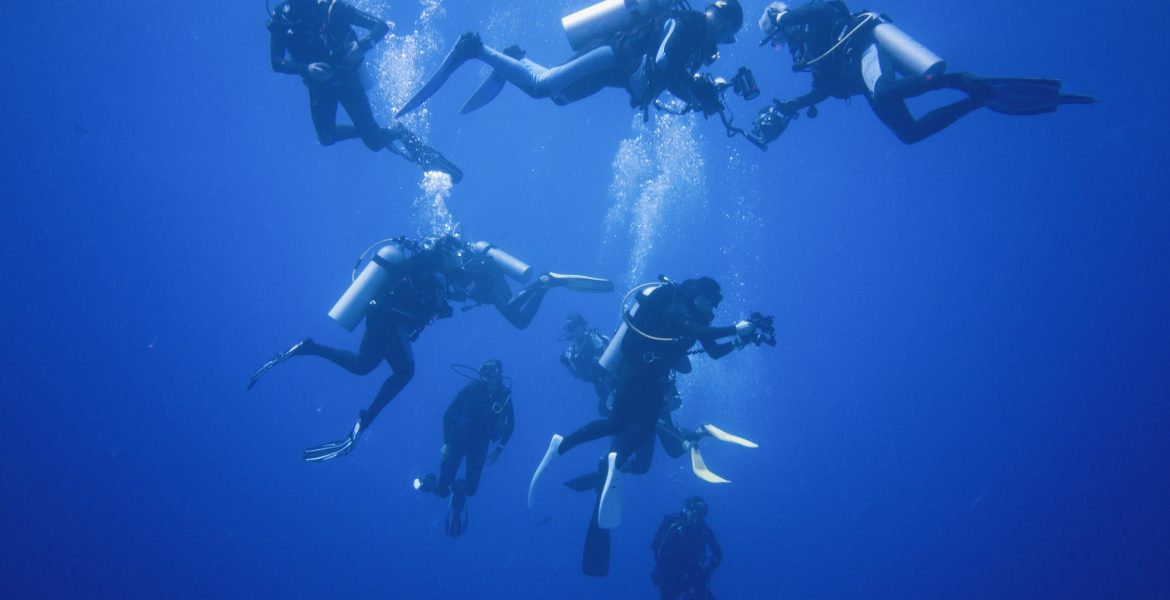
The Basic Rules of Scuba Diving
Whether you’re new to scuba diving or have been diving for years, there are a few basic rules that you should follow. These rules include: slow ascent and safety stop, nitrogen narcosis, and avoiding decompression sickness.
Jacques-Yves Cousteau invented scuba diving
Jacques-Yves Cousteau is considered one of the world’s greatest scuba diving pioneers. His inventions are still used by divers today. His invention of the Aqua-Lung, the first self-contained underwater breathing apparatus, helped to provide safe underwater exploration. He also produced television specials with an environmental message. His interest in oceanography began as a child and grew into a full-time career.
Jacques-Yves Cousteau was born in Gironde, France. He was the younger of two sons. He learned to swim at the age of four. In 1930, he joined the French Navy and later became an officer. However, he failed to meet the physical requirements for a naval pilot. He became interested in the ocean after a near-fatal car accident. He also developed a strong interest in mechanical objects.
Slow ascent and safety stop
Performing a slow ascent and safety stop when scuba diving is a great way to reduce your risk of decompression sickness. Whether you are a beginner or an experienced diver, you should learn to control your ascent rate. It is also important to ensure that you have enough air to safely complete the stop.
If you have a dive computer, you should monitor your air supply. It is also a good idea to use a visual reference to help you determine the rate you are going to climb.
During the ascent, you should release air from your dry suit or BCD to help you maintain a constant depth. Using a hang line or mooring bar can also be helpful in guiding you.
Nitrogen narcosis
Symptoms of nitrogen narcosis develop with time and depth while breathing nitrogen under pressure. Most symptoms are benign at shallow depths, but can develop into catastrophic conditions at deeper depths. It can affect short-term memory, manual dexterity and reasoning. It can also lead to hypothermia and unconsciousness.
Nitrogen narcosis, also known as inert gas narcosis, is a condition in which breathing high partial pressures of nitrogen causes a diver to experience mental and physical impairments. It is caused by the body fluids of a diver interacting with the constituents of the breathing gas under pressure.
Symptoms of nitrogen narcosis are similar to those of alcohol and marijuana intoxication. Divers who experience narcosis are unable to think clearly and may have unusual emotions and reactions. They may also feel hot or cold, and may be unable to perceive temperature changes in their bodies. They may also be unable to react properly to an unexpected situation.
Avoiding decompression sickness
Whether you are a recreational diver or a professional, avoiding decompression sickness when scuba diving is a must. This condition occurs when nitrogen bubbles form in the body’s tissues and blood stream. It can lead to physical and neurological complications. It’s important to recognize and treat the condition as soon as it begins.
Decompression sickness is often caused by too high a rate of ascent. In addition, it can happen when the pressure decreases suddenly. A more conservative approach can help reduce the risk. Nevertheless, the risk of decompression sickness is still very real.
Before going diving, you need to do your research and plan your dive carefully. You must know the depth of the dive site and the temperature of the water. This will help you determine the safest dive time and distance.
Technical diving vs recreational diving
Despite the name, technical diving and recreational diving are not synonymous. They have their own set of advantages and disadvantages.
Technical diving is more advanced, requires more training and involves more risks than recreational diving. However, technical diving is also a great way to explore new underwater environments. While some people may consider technical diving as the race to the bottom, it is actually a thriving industry that is slowly growing in popularity.
Technical diving may involve exploring underwater caves, shipwreck interiors, and freshwater environments. It also may involve the use of specialized diving gear. Technical divers may use a rebreather or open circuit scuba.
Unlike recreational diving, technical divers are trained to use the equipment they have to deal with extreme situations. For example, they may need a separate decompression tank, two second stage regulators, and a specialized harness for side mounting air tanks.